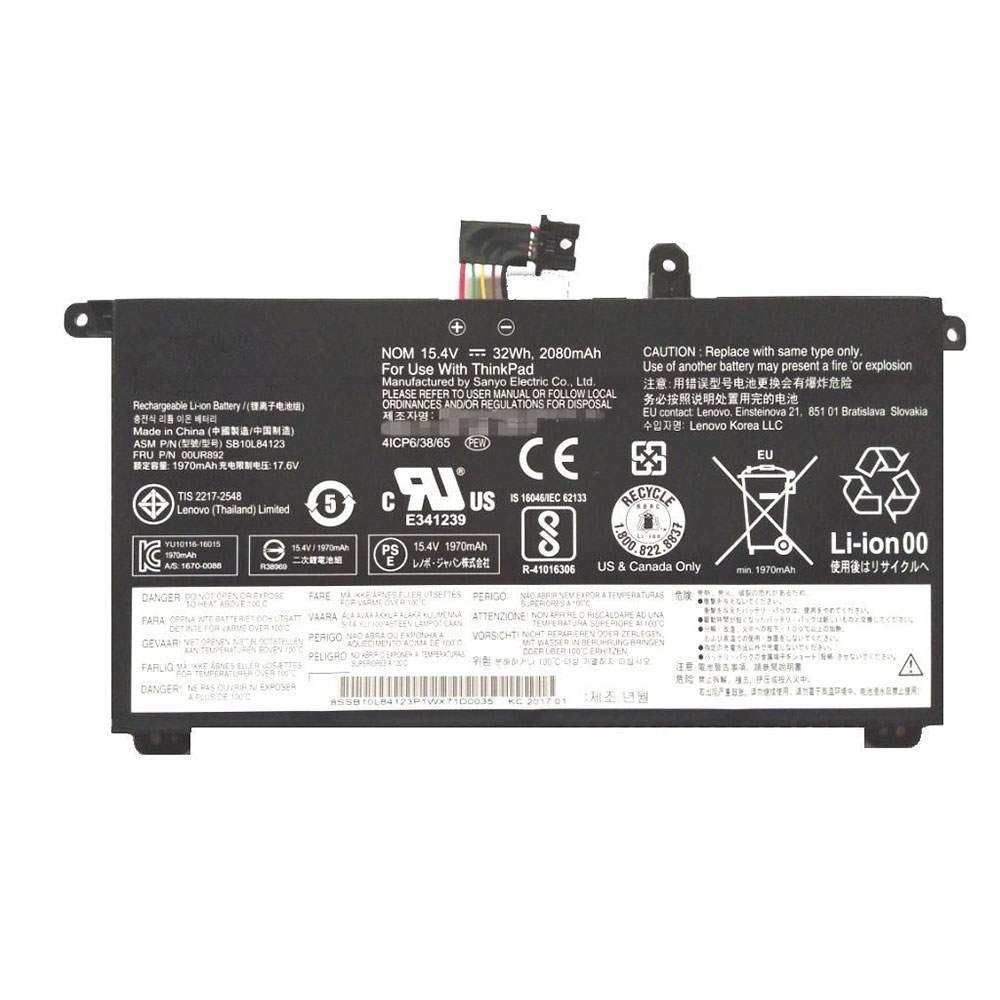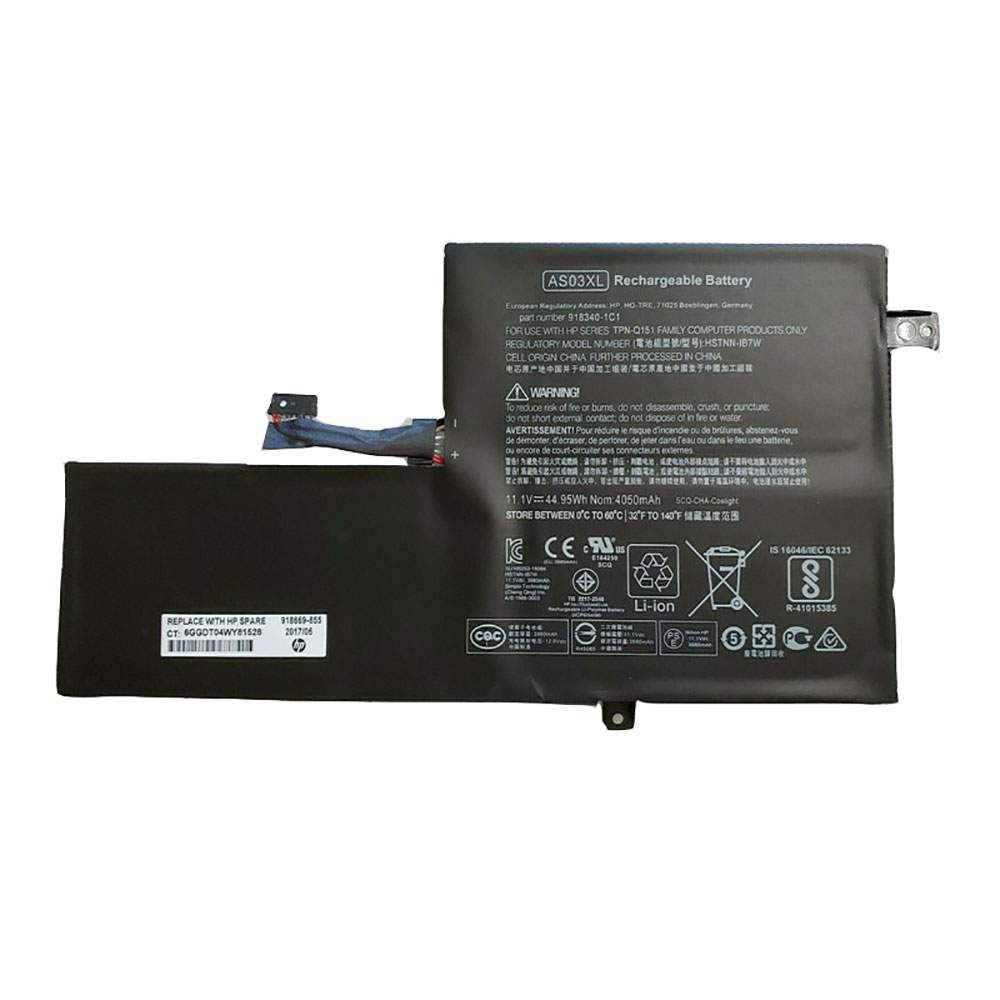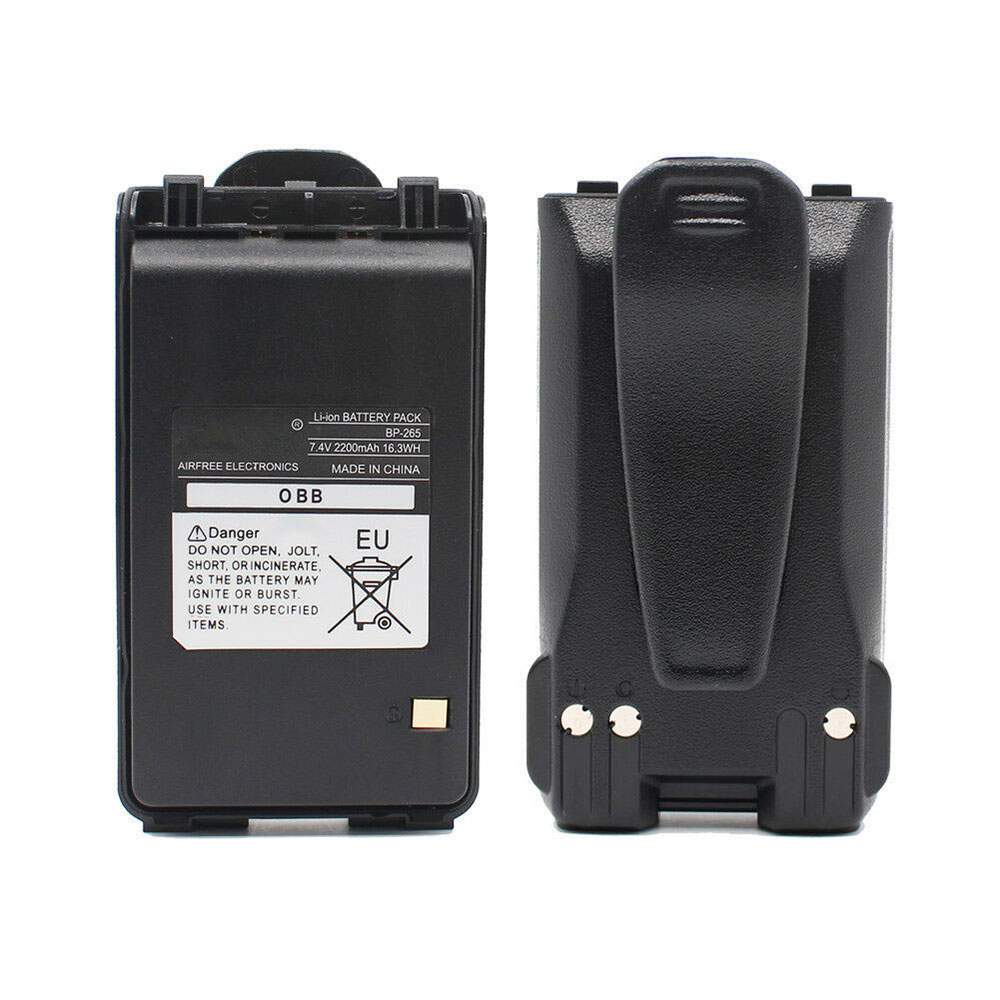When I first caught wind of a laptop with an OLED screen, I jumped on the chance to try it.
There are few laptops that come with OLED screens — the pinnacle of TV and smartphone screen technology with the richest colors and supreme contrast that makes everything pop.
You’ll most often find OLED screens on LG TVs and premium flagship smartphones from Samsung and Apple. So why shouldn’t laptops get them, too? Many of us arguably spend more time in front of a computer screen than TVs and smartphones, after all.
As with premium TVs and smartphones with OLED screens, the XPS 15 with a 4K OLED screen demands a larger chunk of your bank account — a minimum of $1,850, to be precise.
But, in several respects, this isn’t the worst deal in the world — not by a longshot. Other Windows 10 laptops with similar specs hover around the same price tag. And compared to Apple’s $2,400 MacBook Pro with the same specs, the $1,850 XPS 15 feels like a bargain.
The Dell XPS 15’s size and weight seemed daunting at first, but I had no problems carrying this thing around as if it was a slim and light 13-inch laptop.
If you’re checking out the XPS 15, I’m going to assume you’ve made peace with the fact that 15-inch laptops aren’t as light and portable as smaller 13-inch laptops. Fans of 15-inch screens will take the hit in portability for the extra screen space.
Having just used slim, light, 13-inch laptops for a while, the four-pound, 15-inch Dell XPS 15 seemed massive and heavy at first.
Still, after using it day after day, I realized I didn’t have to make any changes to accommodate the XPS 15’s extra heft. I carried around the XPS 15 around in my hands and backpack like any of the 13-inch laptops I’ve recently used without noticing much of a difference. I even use it during my train commute without missing a smaller laptop.
The XPS 15 and its variety of ports makes my USB-C-only MacBook Pro feel a lot less useful.
Right off the bat, I’m not a major fan of laptops that don’t come with regular USB ports. I still own several devices that use regular USB connectors, and new accessories and peripherals are still coming out with regular USB connectors, which means I need to fetch or bring a dongle wherever I go with my MacBook Pro. The Dell XPS 15 is a great antidote, and requires no dongle.
It has:
2 regular USB ports (USB 3.1 Gen 1)
1 HDMI port (2.0)
1 USB-C port with Thunderbolt 3 (for docking and connecting to several accessories and peripherals)
1 SD card port
1 headphone jack
A non-standard power port
You even get a battery gauge that lets you see how much battery is left without opening the lid and waking up the laptop.
The keyboard and trackpads are good, but they could have been better.
The XPS 15’s “top case” where the keyboard and trackpad lies looks great with the signature XPS carbon fiber design, but it feels a little empty. There’s plenty of space, and it doesn’t feel like Dell made the most of it.
The backlit keyboard is good, and my nitpicks include slightly wobbly keys, and the keys could have been bigger. Oddly enough, the smaller XPS 13 with a 13-inch screen has larger keys, and it offers a better typing experience as a result. Still, no matter what, the XPS 15’s keys offer a better and quieter typing experience that Apple’s controversial “butterfly” keyboards.
Also, I’m not sure why Windows 10 laptop makers are letting Apple get away with the largest and best trackpads. The XPS 15’s trackpad is very good, accurate, and smooth, but it could have been bigger. There’s certainly enough room.
Dell and other Windows 10 laptop makers still let Apple laptops have the best speakers, too.
The XPS 15’s speakers are fine. They’re a little hollow and don’t have much punch or bass. They’re fine-enough that I’m not reaching for headphones every time I want to watch a casual YouTube video, but Apple still dominates the laptop speaker game.
The XPS 15 model I’ve been using has a 4K OLED display, and it’s absolutely glorious, to put it lightly.
OLED is the peak in screen technology, as it delivers superlative colors and contrast compared to any other screen technology. Every app, website, and video on the XPS 15’s 4K OLED screen looks amazing.
Still, OLED isn’t absolutely necessary. LCD screen technology has come a long way, and I’ve seen some LCD laptop screens that come incredibly close to the OLED screens, like Dell’s own XPS 13 and the Lenovo ThinkPad X1 Carbon.
Unfortunately, the 4K OLED screen option is only available starting with the $1,850 XPS 15 that comes with an Intel Core i7 and 16 GB of RAM. If $1,850 isn’t within your budget, your only option is a regular LCD 1080p resolution screen on the XPS 15s.
There is one thing you compromise by going with a 4K laptop, and that’s battery life.
4K screens often mean less battery life.
The downside of 4K resolution screens is that they invariably gulp more battery power than lower-resolution displays, like 1080p. Dell says the 4K OLED model gets about 10 hours of battery life, and the 1080p models get 20 hours.
It’s tough to say if I’m getting exactly 10 hours of battery life for a mixture of video streaming and regular work. By Windows 10’s estimates, the highest battery life I’ve seen so far with the Windows “Battery Saver” setting is about eight hours. Currently, at 81% while only switching between a few Chrome tabs and the screen at about 80% brightness, Windows 10 is telling me I have six hours and 31 minutes left.
Still, regardless of Dell’s accuracy with its battery claims, the 4K XPS 15 models will drain the battery life significantly faster than 1080p models.
Another thing I should point out: The XPS 15 comes with a non-standard charger rather than a USB-C charger. It’s not because Dell is late in adopting USB-C for charging. It’s because USB-C chargers, capped at 100W, can’t deliver the 130W of power the XPS 15 demands.
I’ve been using the $2,550 Core i9 model, and most of us don’t need so much power. But it sure is nice …
The Core i9 9980 “HK” processor in the XPS 15 model that Dell sent me absolutely flies through everything I do on it. It’s absurdly fast, smooth, and far more responsive than the lower powered “U” series chips you’d find on smaller 13- or 14-inch laptops that are designed for ultra-light and slim designs.
Dell’s XPS 15 laptops are also available with the performance “H” series of Intel’s 9th-generation Core i5 and Core i7 chips, which are also inherently faster than the “U” series you’d find on smaller, thinner, lighter laptops. The i5 and i7 are much better suited for those of us who don’t need the power of the Core i9 for intense video and photo editing.
The XPS 15s also come with an Nvidia 1650 graphics chip, which professionals will appreciate more than gamers.
For video and photo editors: a quick stress test with the AIDA 64 software showed that the XPS 15 with the Core i9 can stick at about 2.7GHz without thermal throttling, but it won’t maintain its 5GHz boost for very long. That boost is designed for shorter bursts to open files and apps at a boosted speed rather than rendering your photos and videos. Other reviews I’ve seen for the Core i9 have suggested that the XPS 15 may thermal-throttle to a lower speed over long periods of intense usage.
I’ve loved the OLED experience of the Dell XPS 15, and starting at $1,850, it’s not an unreasonable recommendation. Here’s the bottom line:
If you just like the extra screen space of a 15-inch laptop and you’re not looking to do a lot of intensive work, the base $1,050 XPS 15 with a Core i5 should suit you just fine. It’s still a powerhouse. (However, Microsoft has just announced its new Surface Laptop 3 laptops that look mighty tempting, and I’d wait to read the reviews for Microsoft’s new offering.)
For power and a 4K OLED screen — including an Nvidia 1650, if that matters to you — the Core i7 models starting at $1,850 will handily meet your demands.
For unbridled power and a 4K OLED, the Core i9 will do the trick. But starting at $2,550, it’s more of a professional’s option rather than something most of us actually need.



